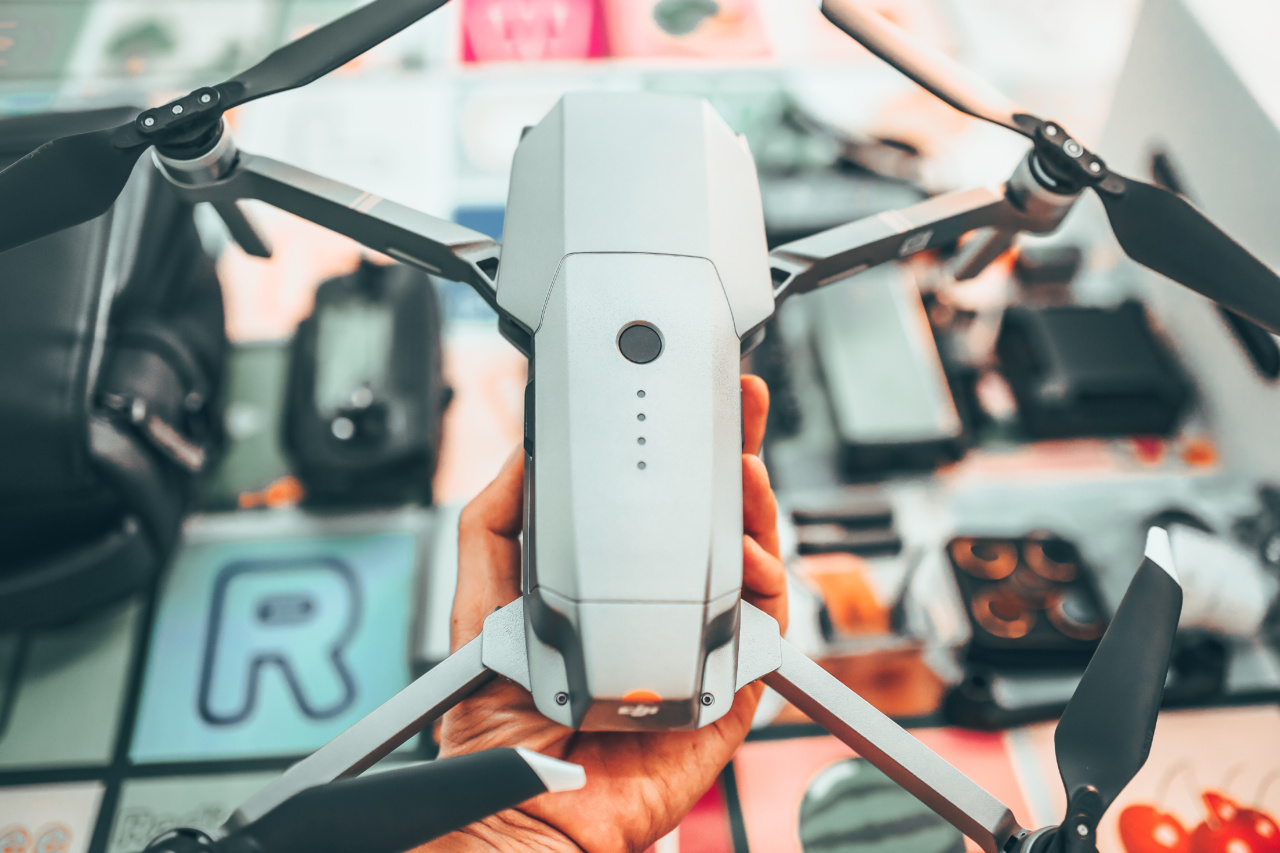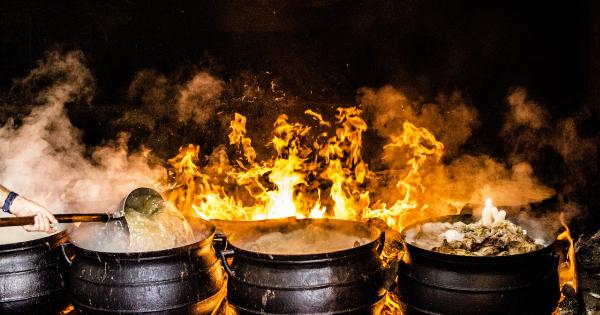Outdoor gear is essential for any outdoor enthusiast. Whether you enjoy camping, hiking, or any other outdoor activity, having the right gear can significantly enhance your experience.
However, it’s important to know how to properly use and maintain your outdoor gear to ensure its longevity and maximum effectiveness. In this article, we will delve into the key tips and tricks to help you master the proper use of your outdoor gear.
1. Understanding Your Gear
The first step in mastering the proper use of your outdoor gear is to understand what each item is designed for. Read the instructions, research online, or consult with experts to gain a comprehensive understanding of your gear.
2. Choosing the Right Gear
When it comes to outdoor gear, there are countless options available in the market. It’s essential to select gear that suits your specific needs and the environment in which you’ll be using it.
Assess the terrain, weather conditions, and duration of your outdoor activity before making a purchase.
3. Properly Packing Your Gear
Properly packing your gear is crucial for both convenience and safety. Make sure to secure loose items, distribute weight evenly, and prioritize accessibility.
Pack your gear in a way that allows for easy retrieval and minimizes the risk of damage during transportation.
4. Inspecting and Maintaining your Gear
Regular inspection and maintenance are vital to ensure your outdoor gear remains in optimal condition. Check for any signs of wear and tear, loose seams, or damaged components.
Clean your gear according to the manufacturer’s instructions and store them properly in a dry and safe place.
5. Familiarizing Yourself with Equipment
Before heading out into the wilderness, it’s essential to familiarize yourself with each piece of gear. Practice setting up tents, using camping stoves, and assembling any other equipment you’ll be relying on during your outdoor adventure.
This will help you save time, avoid frustration, and make the most of your gear.
6. Learning Essential Knots
Knot tying is an essential skill for any outdoor enthusiast. Learn and practice a few basic knots like the bowline, clove hitch, and square knot. These knots can be useful for securing gear, setting up tarps, or even creating emergency rescue systems.
7. Understanding Water Filtration Systems
If you’re planning on venturing into areas without readily available clean water, understanding water filtration systems is crucial.
Research different options, such as water filters, purifiers, and chemical treatments, and learn how to use them effectively to ensure safe drinking water.
8. Using Cooking Equipment Safely
If outdoor cooking is part of your adventure, it’s important to know how to use cooking equipment safely.
Follow the manufacturer’s instructions, keep flammable items away from open flames, and avoid using cooking equipment inside enclosed spaces. Practice safe food handling and always clean up after cooking to prevent attracting wildlife.
9. Understanding Navigation Tools
Navigation tools like maps, compasses, and GPS devices can be invaluable when exploring the great outdoors. Take the time to understand how these tools work and practice using them in different environments.
Being able to navigate effectively will greatly enhance your outdoor experience and keep you safe.
10. Respect Nature and Leave No Trace
Mastering the proper use of your outdoor gear also means being a responsible outdoor enthusiast. Respect nature, leave no trace, and follow the principles of outdoor ethics.
Minimize your impact on the environment, properly dispose of waste, and be mindful of wildlife and their habitats.
Conclusion
Mastering the proper use of your outdoor gear is essential for a safe, enjoyable, and sustainable outdoor experience.
By understanding your gear, choosing the right equipment, properly maintaining it, and developing essential skills, you can make the most of your outdoor adventures. Remember to always respect nature and leave no trace to ensure the preservation of our beautiful outdoor spaces.






























